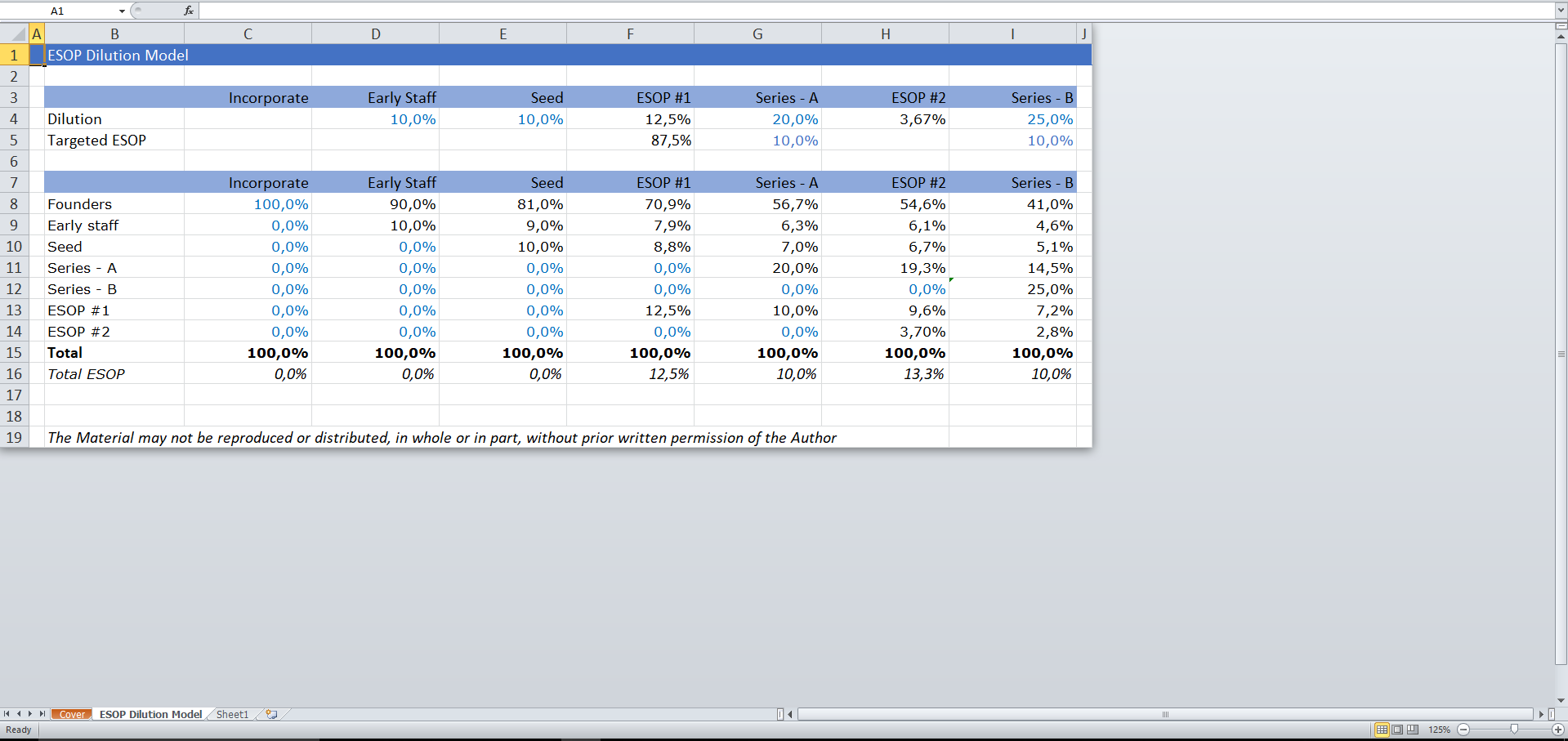
Effective January 1, 2020, the SECURE Act increases the age requirement in number 1 above from 70 1/2 to 72. The RBD is April 1 of the calendar year following either: 1) the calendar year in which the participant attains age 70 1/2 or 2) the calendar year in which the participant severs employment, whichever is later. When Are You Required to Take Your First RMD?īenefits under an ESOP must begin to be distributed by the “required beginning date” (RBD).
Single Life Expectancy – The beneficiary of the account is the participant. Uniform Lifetime Table – The sole beneficiary isn’t the participant’s spouse, or the participant’s spouse isn’t more than 10 years younger than the participant. Joint and Last Survivor Table – The sole beneficiary of the account is the spouse, and the spouse is more than 10 years younger than the participant. The table used to determine the RMD will be dependent as follows: While the custodian or plan administrator typically calculates the RMD, it’s important the participant understands he or she is ultimately responsible for calculating the correct RMD amount. The IRS publishes a life expectancy table each year in Publication 590. In general, RMDs are calculated by dividing the ESOP account’s prior year-end balance by the applicable life expectancy factor. Participants may not elect to defer an RMD, and the RMD may not be rolled over into an IRA or another retirement account. All participants who attained age 70 1/2 in 2019 and before and have terminated employment must continue taking their RMDs. It’s important to note this increase is only for participants turning 70 1/2 in 2020 and after. Effective January 1, 2020, the Setting Every Community Up for Retirement Enhancement Act of 2019 (SECURE Act) increases the age requirement from 70 1/2 to 72. However, if the participant was age 70 1/2 and owned a 5 percent interest in the plan sponsor at the time of the ESOP transaction, the participant must take an RMD regardless of termination. In general, an RMD is the minimum distribution that a participant must take from his or her ESOP account when reaching the age of 70 1/2 or, if later, the calendar year in which the participant terminates. :max_bytes(150000):strip_icc()/dotdash_Final_Employee_Stock_Option_ESO_Sep_2020-06-f812dbe43d914e1590d537440842d842.jpg)
These RMD rules are in place to ensure that participants use tax-deferred qualified retirement plans (including ESOPs) to pay retirement benefits and not as an estate planning tool.
The RMD rules, contained in Internal Revenue Code Section 401(a)(9), set the latest date that ESOP benefits must begin to be paid.


Taking a moment to fully analyze the basics of an RMD as listed below will help educate participants on their responsibilities. RMDs come with rules and caveats that must be followed, and it’s the participant’s responsibility to be aware of them. Many employee stock ownership plan (ESOP) participants don’t understand required minimum distributions (RMD) due to their infrequent nature.


:max_bytes(150000):strip_icc()/dotdash_Final_Employee_Stock_Option_ESO_Sep_2020-06-f812dbe43d914e1590d537440842d842.jpg)




 0 kommentar(er)
0 kommentar(er)
